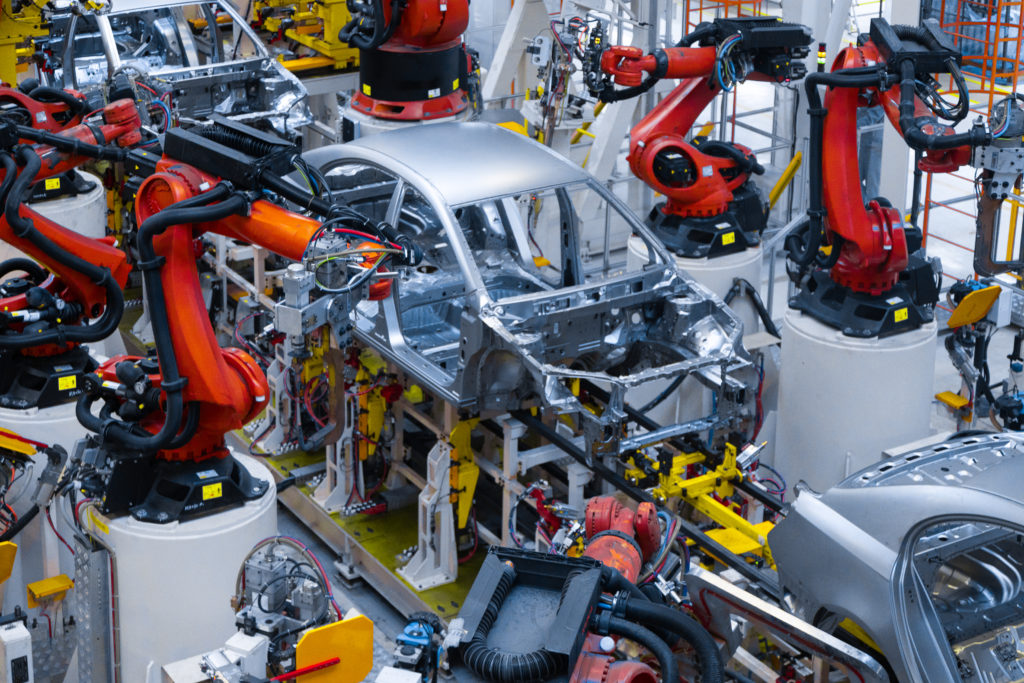Commercial Feature
Modern Cars and Reliability: What Went Wrong?
Drivers often claim that modern vehicles, despite their eco-friendliness and numerous innovations, fall short in endurance compared to the “icons of reliability” that were produced some 20–30 years ago. Even a crashed bmw from the 1990s, if repaired by a professional, is believed to be more durable than any modern one.
Is this belief rooted in reality, or is it merely nostalgia? Indeed, the longevity of cars has been decreasing over the years, and this decline can be attributed to two major factors: complications of design and cheaper production.

Complications of Design
Over the past three decades, the technical complexity of cars has noticeably increased. More and more things in the car are about electronics. In addition, every new decade, consumers find more control sensors, safety systems, eco-friendly components, and the like embedded in their cars.
All the above innovations make driving more comfortable and safer; however, the downside of such “progress” is a general decrease in the reliability and endurance of vehicles.
Car manufacturers race to implement the latest achievements of science and technology to attract more clients. Do these advancements really offer benefits in terms of safety and reliability for consumers? Features such as AI autopilot and voice control are still very new, and predicting their long-term functionality is challenging. Other examples of innovative solutions that require more testing include:
- lane-keeping assist;
- blind spot monitoring;
- Autonomous Emergency Braking (AEB);
- adaptive headlights.
Unfortunately, with this abundance of new features, clients often become the test pilots – they pay for the unpredictable reliability of these new electronic elements.
Excess Capacity, Cheaper Production
At the time of the birth of the automobile industry, the demand for cars was great, and the existing capacity could barely cope with it. That golden era, however, when many new companies emerged and everyone found customers, has long ended.
In the current world, automakers have excess production capacity. In addition, competition is very high, many companies have gone transnational, having factories all over the world. They often struggle to maintain a factory in a particular country, operating at a loss for years, all just to eliminate a competitor. This is the result of a fierce expansion into all possible and impossible markets and niches.
Consequently, plenty of smaller manufacturers cannot afford excess capacity in the long run, as they are sustaining significant losses. Business is about making money, so most manufacturers are looking for ways to reduce the cost of design and production. This often leads to risky steps, with the hope that the client won’t notice the compromises made.
As you might have understood by now, these compromises are mostly about cheaper components, less durable materials, poorer repairability, and other downsides.
The Bottom Line
There is substantial truth in the sentiment that cars from previous generations were sturdier and more reliable. The advancements in technology and the push for more features have come at the cost of simplicity and durability. This explains why many enthusiasts still cherish and maintain vintage car models, valuing their enduring build quality and straightforward yet reliable mechanics.
 Features / 3am in Cambridge25 June 2025
Features / 3am in Cambridge25 June 2025 Comment / Why shouldn’t we share our libraries with A-level students?25 June 2025
Comment / Why shouldn’t we share our libraries with A-level students?25 June 2025 News / Revealed: Emmanuel relies most on postgrad supervisors28 June 2025
News / Revealed: Emmanuel relies most on postgrad supervisors28 June 2025 News / Gardies faces dissolution27 June 2025
News / Gardies faces dissolution27 June 2025 Sport / Sport, spectacle, and sanctioned collisions: May Bumps 202525 June 2025
Sport / Sport, spectacle, and sanctioned collisions: May Bumps 202525 June 2025





